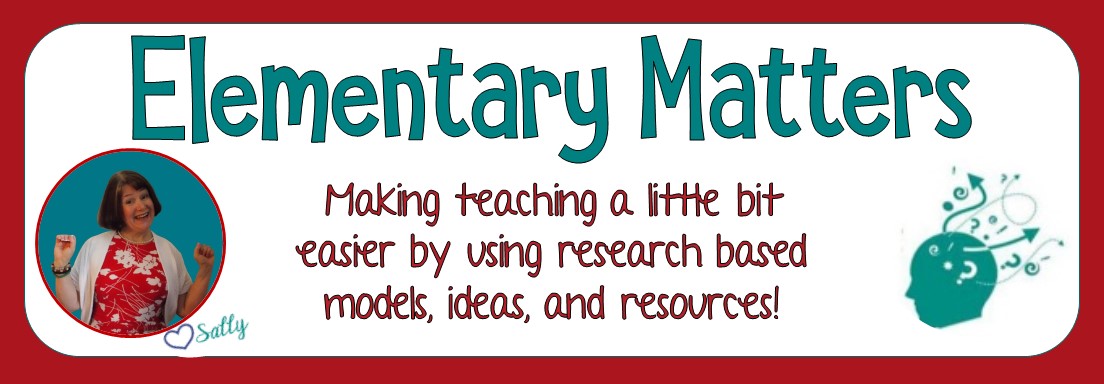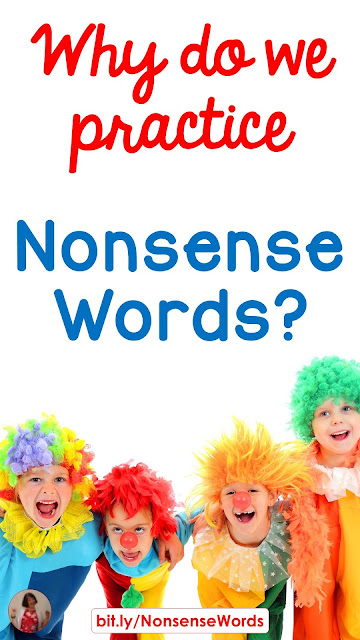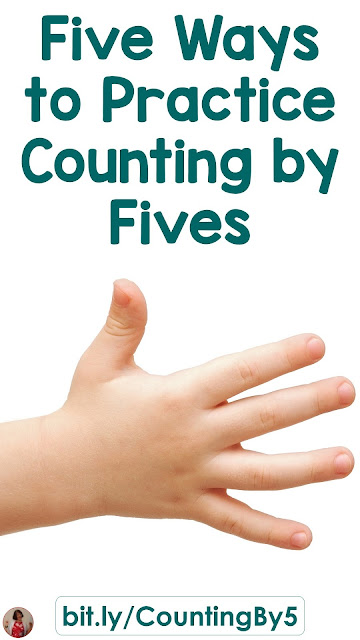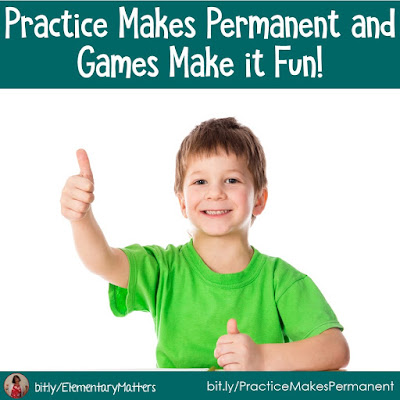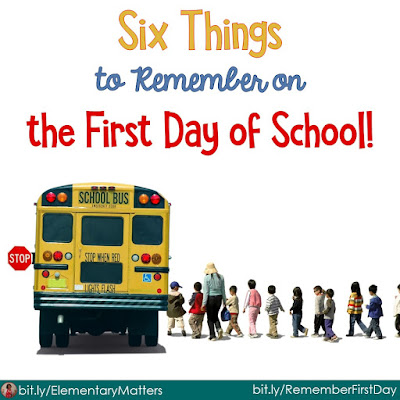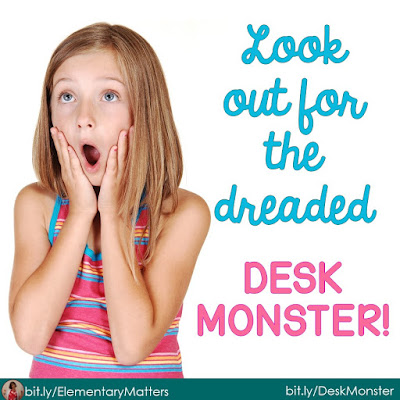Brain research tells us that learning needs to be meaningful. We need to connect our learning with things that are important in our lives.
Typically, it's not too tough to convince children that reading is meaningful. In fact, reading has its own reward: as you get better at reading, the books and stories get better.
It's a little tougher to convince children why we practice reading nonsense words. Despite what I've heard from some, it's not to have more successful test scores on the DIBELS tests.
This is what I tell the kids:
When we practice the "sounding out" skill, we'll be better at figuring out new words!
If we practice the "sounding out" skill with actual words, the visual memory can get in the way of this skill, and they're not actually practicing the "sounding out" skill, they're just recognizing the word from the way it looks. Therefore, we use nonsense words.
Of course, there are some children who are strong sight word readers, and feel they pretty much know all the words.
So we talk about some of those ten-dollar words they'll see as they grow as readers.
Words like Constantinople, or Emancipation Proclamation, or Deoxyribonucleic acid or even supercalifragilisticexpialidocious!
Here are some activities I do to practice that "sounding out" skill.
Multisyllable nonsense word game: Buggy Syllables
